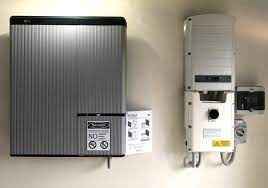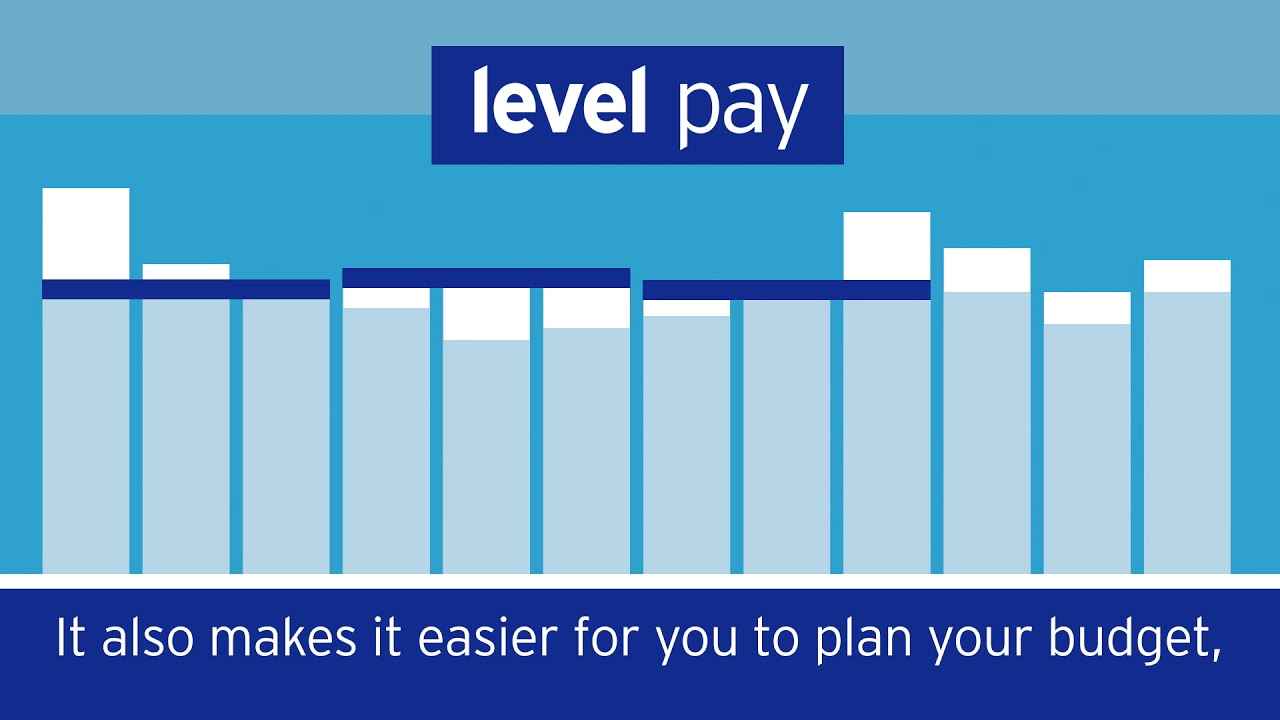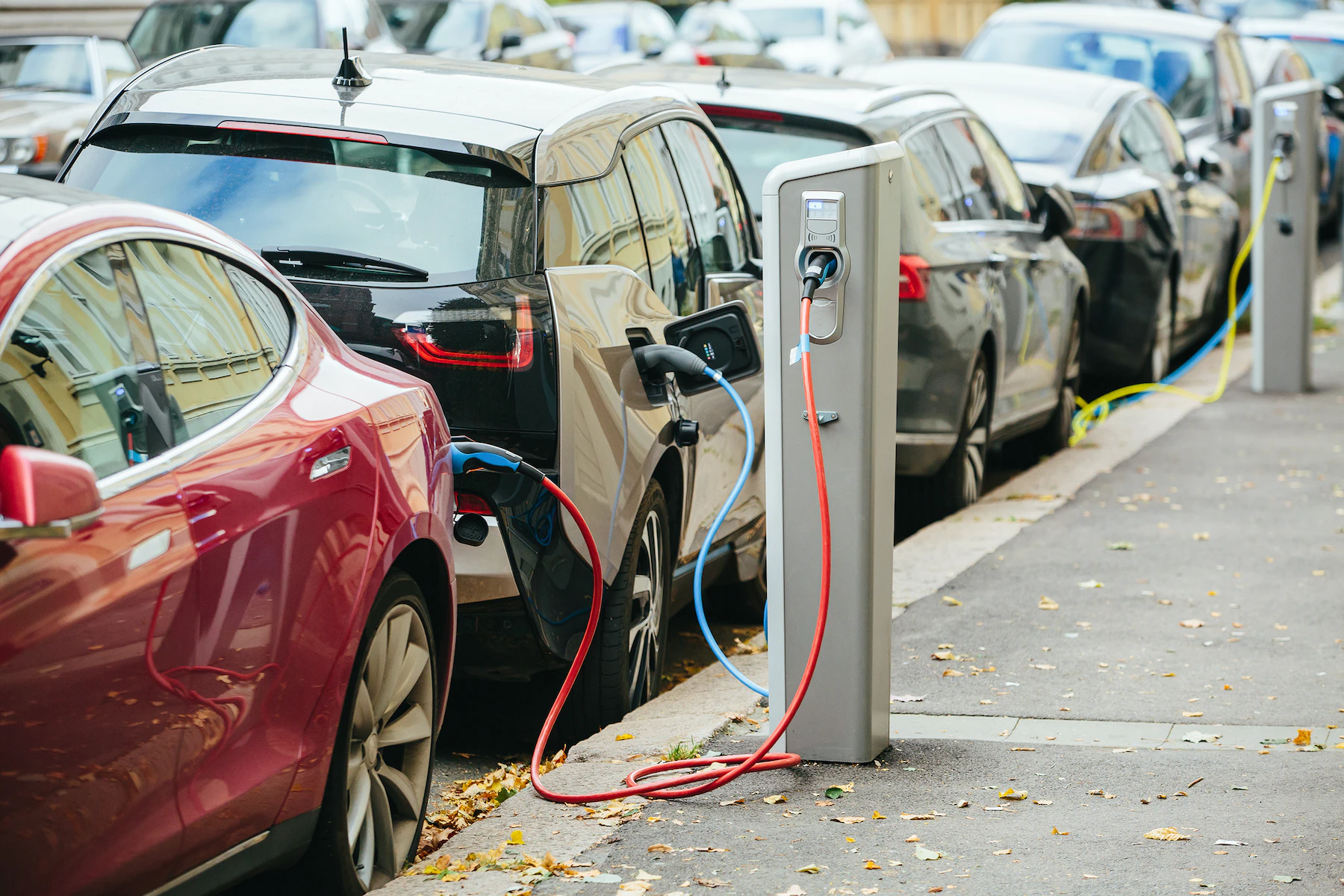
- December 6, 2022
- admin
- 0
- Sonnen Eco: Best Add-on Battery
- Enphase IQ: Best for System Monitoring
- Tesla Powerwall 2: Best Warranty
- SunPower SunVault: Most Powerful
- Generac PWRcell: Most Efficient
Sonnen Eco Options
The Sonnen Eco is a modular battery, meaning there are multiple size options that can be stacked to build a larger storage system. It’s also AC-coupled (alternating current), making it easy to integrate into an existing solar system. DC-coupled (direct current) batteries are more efficient but difficult to install).
These batteries are made in 2.5 kilowatt-hours (kWh) modules. The smallest system they can create is 5 kWh, and the largest is 20 kWh. These are the module options:
- Eco 5: This is the smallest two-module combination, producing 5 kWh.
- Eco 7.5: This three-module system creates 7.5 kWh of storage capacity.
- Eco 10: This four-module system creates 10 kWh of storage capacity.
- Eco 12.5: This five-module system creates 12.5 kWh of storage capacity.
- Eco 15: This six-module system creates 15 kWh of storage capacity.
- Eco 17.5: This seven-module system creates 17.5 kWh of storage capacity.
- Eco 20: The largest combination creates 20 kWh of storage capacity.
LFP technology is still new in the solar industry. These batteries are more efficient and last longer than the more common Lithium Nickel Manganese Cobalt Oxide (NMC) options. LFP batteries are also safer than NMC options because they don’t contain cobalt, which can cause fires if the batteries are misused. LFP modules are recyclable and better for the environment.
Sonnen Eco batteries vary in their continuous power rating, which calculates how much power can be produced over an extended period. The industry standard is 5 kilowatts (kW) of continuous power. The Eco 5 generates 3 kW, while the 7.5 model generates 4 kW. Eco 10 through Eco 20 offer 8 kW. Batteries with a higher power rating can run several high-power appliances at once.
Sonnen Eco batteries have a round-trip efficiency of 90%. This means you can use 90% of the battery’s stored energy while the other 10% is lost during the charging process. According to the U.S. Energy Information Association (EIA), the industry average is around 80%. Batteries with a higher round-trip efficiency can convert power from your solar panels more efficiently.
Sonnen Eco batteries have a depth of discharge (DoD) of 90%, which means they can be charged up to 90% of their usable capacity without shortening their lifespan. Battery manufacturers typically limit DoD to protect the longevity of a battery. A higher DoD indicates a better-quality battery.
Most battery manufacturers have warranty clauses limiting the number of cycles your battery can reach, usually between 4,000 and 6,000 cycles. A cycle is the process of your battery fully charging and discharging.
Sonnen batteries include a 10-year, 10,000-cycle warranty that guarantees an end-of-life capacity of 70%. Your warranty will end once your battery hits 10,000 cycles or 10 years, whichever comes first.
You can purchase Sonnen eco batteries from Sonnen-certified installers.
Find A Solar Installation Company in Your State
Enphase IQ
Score: 96 out of 100
The Enphase IQ comes with integrated system monitoring. Its innovative software can automatically switch between power modes based on your home’s energy needs, including switching on backup power during an outage.
Pros and Cons of Enphase IQ
✔ Integrated high-tech Enphase inverter technology
✔ Compatible with gas or solar generators
✔ Monitoring technology that switches between power modes
✘ Added costs for additional warranty coverage
✘ Only works on solar systems with Enphase microinverters
Enphase IQ Options
Enphase IQ is integrated with the company’s well-known solar microinverter technology. The battery is AC-coupled, making it ideal for existing solar systems. However, it can be used only on solar systems with Enphase microinverters. The Enphase IQ is modular and comes in four LFP models:
- Enphase IQ 3: This module has a capacity of 3.36 kWh and comes in a large, heavy storage system.
- Enphase IQ 3T: This model has the same capacity as the previous model but with a slimmer design.
- Enphase IQ 10: This batter has a usage capacity of 10.08 kWh and comes in a heavy design.
- Enphase IQ 10T: This is the slimmer version of the 10.08 kWh model.
The Enphase 3/3T models have a continuous power rating of 1.28 kW, while the 10/10T versions have 3.84 kW hours, both lower than the standard 5 kW rating.
Enphase IQ batteries include a standard 10-year warranty and a guaranteed end-of-warranty capacity of 70%. However, they have a cycle clause of 4,000 cycles.
Enphase also includes a throughput clause, which measures the total energy your battery can generate in its lifetime. The IQ 3 models have a throughput clause of 9.8 megawatt-hours (MWh), and the larger IQ 10 editions have 29.4 MWh. Your warranty will end early if the battery produces this amount of energy before 10 years.
You can buy Enphase energy storage systems from the company’s online shop, its sales team, or through a local solar installer.
Tesla Powerwall 2
Score: 95 out of 100
Known worldwide for its electric vehicles, Tesla shifted its focus to the solar industry in 2015. The Tesla Powerwall has since become one of the most popular solar batteries. The latest model, Tesla Powerwall 2, has one of the best warranties in the industry, offering 10 years of coverage without restrictions.
Pros and Cons of Tesla Powerwall 2
✔ Can be added to existing solar systems
✔ Has an unrestricted 10-year warranty with an unlimited cycle clause
✔ Includes a 25-year product and performance warranty
✘ Can’t be purchased from Tesla except with a new system
✘ Only comes in one size
Tesla Powerwall 2 Options
The Tesla Powerwall 2 is a single 13.5 kWh battery. However, you can stack multiple batteries to meet your power needs. The battery offers 5 kW of continuous energy and uses NMC technology.
The Powerwall 2 has a round-trip efficiency of 90%, 10% higher than the industry standard.
This battery also has a DoD of 100%, allowing customers to take advantage of its full storage capacity.
Tesla backs its batteries with one of the best warranties available. Customers receive 10 years of coverage with no throughput or unlimited cycle clauses. The Tesla Powerwall 2 has an end-of-warranty capacity of 70%.
You can only purchase the Powerwall 2 directly from the company as part of a new Tesla solar panel installation. Check with Tesla-certified installers and solar companies to buy the stand-alone battery.
SunPower SunVault
Score: 93 out of 100
SunPower is known for its highly efficient solar panels, and it also has one of the largest storage options in our review. Its high-capacity LFP battery guarantees higher efficiency and a longer lifespan than other options.
Pros and Cons of SunPower SunVault
✔ AC-coupling works with existing systems
✔ Largest usable capacity in our review
✔ Two size options available
✘ Depth of discharge information not disclosed
✘ Can only be used with Sunpower solar systems
SunPower SunVault Options
The SunPower Sunvault comes in two sizes to suit your energy needs: the SunVault Storage 13 and SunVault Storage 20. The 13 model has a usable capacity of 12 kWh and a continuous power rating of 6.8 kW. The 26 model is the largest LFP battery in our review, with 24 kWh capacity and 8 kW of continuous power.
Unlike most solar battery manufacturers, SunPower hasn’t released its DoD information. Its batteries have a round-trip efficiency of 85%, above the industry standard of 80% but lower than other batteries we reviewed.
Each SunVault model includes a standard 10-year warranty and 70% end-of-warranty capacity. SunPower includes a 4,000 cycle clause for all models, but the throughput clauses vary. The SunVault Storage 13 has a 38 MWh throughput clause, while the 26 model has 76 MWh.
SunPower’s batteries are exclusive to its solar power systems. You need to order through SunPower or one of its authorized dealers.
Generac PWRcell
Score: 92 out of 100
The Generac PWRCell is the only DC-coupled battery on this list. It has the highest efficiency of any other reviewed option, with a round-trip efficiency of 96.5%.
Pros and Cons of Generac PWRcell
✔ Highest round-trip efficiency on our list
✔ Multiple modular battery options
✔ Perfect for new solar installations
✘ Low DoD percentage compared to other batteries
✘ NMC battery is more prone to fires when misused
Generac PWRcell Options
The Generac PWRcell uses 3 kWh modules in four different capacities.
- PWRcell M3: 9 kWh of storage capacity
- PWRcell M4: 12 kWh of storage capacity
- PWRcell M5: 15 kWh of storage capacity
- PWRcell M6: 18 kWh of storage capacity
Each model has a different continuous power rating. The M3 model has 3.4 kW, the M4 has 4.5 kW, the M5 has 5.6 kW, and the M6 has 6.7 kW.
The highlight of the PWRcell battery is its round-trip efficiency of 96.5%. However, it has a DoD of 84%, lower than most of the batteries we reviewed.
Generac includes a 10-year warranty with each battery option but doesn’t offer information about its end-of-warranty capacity. The throughput clause varies with each model:
| Generac PWRcell Battery Model | Throughput Clause |
|---|---|
| PWRcell M3 | 22.6 MWh |
| PWRcell M4 | 30.2 MWh |
| PWRcell M5 | 37.8 MWh |
| PWRcell M6 | 45.3 MWh |
Generac PWRcells are available through the Generac website, various solar installation companies, and Generac-certified installers.
How To Find the Best Solar Batteries
Here are some key factors to consider as you search for home energy storage.
AC- and DC-Coupling
Your solar power system generates direct current (DC) electricity that must be converted to alternating current (AC) to use in your home. An AC-coupled system converts energy to AC at the inverter, converts it back to DC for storage, and converts it to AC again when it’s ready to be used. In a DC-coupled system, energy is converted only once.
AC-coupled batteries can easily be added to existing solar panel systems but provide lower efficiency than DC-coupled batteries because some energy is lost during the conversion process. DC-coupled batteries are more efficient and can pull energy from solar panels even when the grid is down. They’re ideal for new solar systems but are complicated to install and can increase installation costs.
Battery Capacity
Battery capacity is the amount of power a solar battery can store. It’s measured in kilowatt-hours (kWh). The usable capacity represents how much energy can be used from the battery. This number is lower than the battery’s actual capacity because some energy must be used to run the battery.
It’s essential to match your battery capacity to the amount of energy your solar system generates. The best solar panels generate more energy than you need, allowing you to store the excess energy for later use. You’ll waste that valuable extra energy if your solar battery is too small, but you won’t use your battery’s full capacity if it’s too big for your system.
Depth of Discharge
Depth of discharge (DoD) measures how much of the battery can be used relative to its full capacity. The industry standard is 80% to 100% for lithium-ion batteries and 50% for lead-acid options. Many manufacturers limit DoD because repeatedly draining a battery of its full capacity shortens its lifespan while discharging at a lower percentage preserves it.
Power Rating
Power ratings measure the amount of electricity produced in a given time, expressed in kilowatts (kW). There are two types of power ratings: peak and continuous.
- Continuous power: This indicates how much energy a battery can produce in a certain period. The industry standard is 5 kW. Our reviews focus on this metric over peak power because it better measures how long your battery can power your home effectively.
- Peak power: This is the maximum amount of power a battery can produce instantly.
Batteries with a low capacity but a high power rating can power devices in short bursts but don’t provide long-term power. Batteries with high capacity but a low power rating can run small devices for much longer.
Round-trip Efficiency
Round-trip efficiency measures the amount of electricity that can be used after charging the battery, as the process uses some of the stored energy. A higher percentage indicates less power loss from charging.
Types of Solar Batteries
Solar batteries have different chemistries that provide varying advantages and disadvantages. Let’s take a closer look at the two most common battery types: lead-acid and lithium-ion batteries.
Lead-acid Batteries
Lead-acid batteries have a long history in the solar industry. They’re deep cycle batteries, which are designed to be drained of their capacity regularly. These batteries are larger, heavier, and take longer to charge than lithium batteries. They also have a shorter lifespan. Lead-acid batteries aren’t popular for residential systems but are often used for off-grid installations, especially vacation properties.
Lithium Batteries
Lithium batteries are more compact than lead-acid batteries, making them ideal for smaller homes and tight spaces. They also last longer and charge quicker. There are two main types of lithium batteries: Lithium Nickel Manganese Cobalt Oxide (NMC) and Lithium Iron Phosphate (LFP).
NMC batteries are the most common lithium variety. They use an older but trusted technology. NMC batteries are cheaper to make and have average power ratings. LFP batters have newer chemistry that retains stored energy more efficiently. These batteries have a higher power rating but cost more to produce.
Warranty
Solar batteries have a standard warranty of 10 years. Some manufacturers add throughput or cycle clauses that can end the warranty early. Review the warranty terms of available batteries and find options with higher thresholds.
You should also review the end-of-warranty terms for the projected capacity. The more solar batteries are charged and recharged, the less effective they become. The standard end-of-warranty capacity is 60%, so look for storage solutions that meet or exceed this level.
Our Conclusion
A solar battery allows you to take full advantage of your solar system and store excess energy for later use. It’s crucial to find a battery powerful enough to store the amount of energy you need.
The Sonnen Eco is our top pick for an add-on to an existing solar system. The Powerwall 2 is an excellent choice for those who want a solid-performing battery with a long-lasting warranty. The Generac PWRcell works well with new installations and provides one of the best round-trip efficiencies on our list.
Our Rating Methodology
The This Old House Reviews Team aims to provide comprehensive and unbiased reviews to our readers. This means earning your trust through transparent reviews and data to back up our recommendations. Our rating system for solar batteries is on a 100-point scale based on five factors:
- Depth of discharge (20 points): Does the company disclose its depth of discharge (DoD) rating? Does the DoD meet the industry standard of 80%? The higher the rating, the higher the score.
- Round-trip efficiency (20 points): How efficient is the battery? Does it meet or exceed the industry standard of 80%? The higher the round-trip efficiency, the more points we awarded.
- Battery chemistry (15 points): We awarded more points to Lithium Iron Phosphate (LFP) batteries than Lithium Nickel Manganese Cobalt Oxide (NMC) batteries due to their higher efficiency and longer lifespan.
- Battery options (15 points): Are there multiple battery sizes for better customization, or is only one size available?
- End-of-warranty capacity (15 points): How powerful will the battery be at the end of its warranty? Does the projected end-of-warranty capacity meet the industry standard of 60%? We awarded more points to batteries with higher end-of-warranty capacities.
- Warranty length (15 points): How long is the battery’s warranty? Does it meet or exceed the standard 10-year warranty? Batteries with the longest, most comprehensive warranties ranked higher.

































